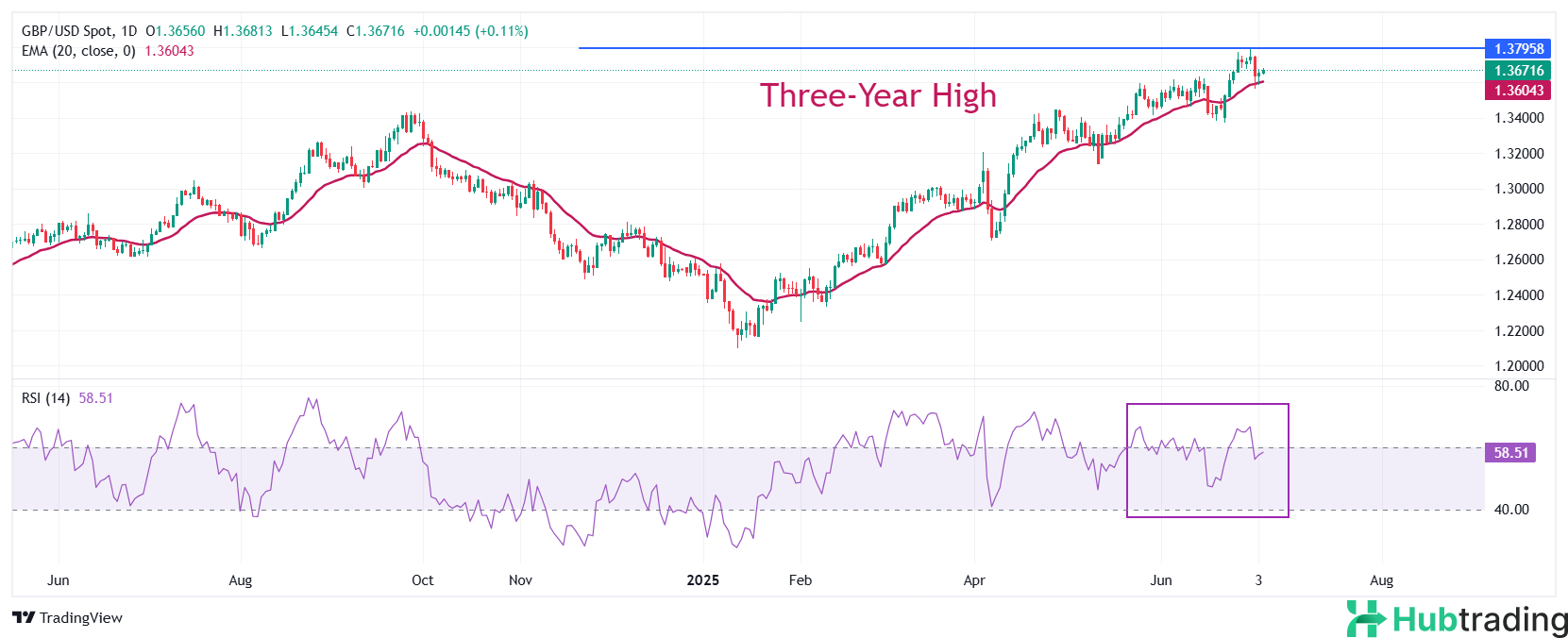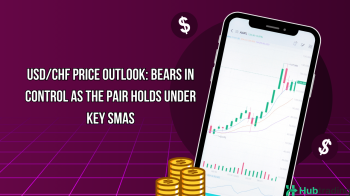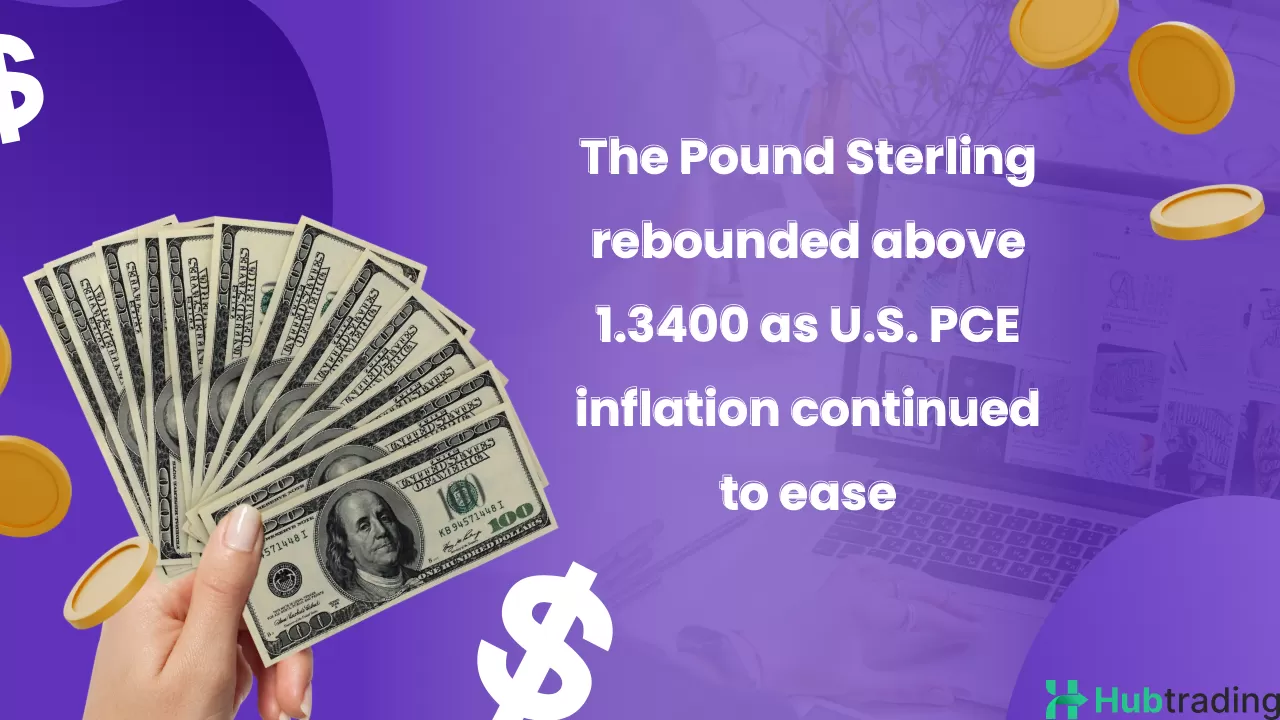- The Pound Sterling recovers as UK Chancellor Rachel Reeves dismisses rumors of her resignation.
- Britain’s new welfare bill raises concerns over potential tax hikes or spending cuts.
- The US Dollar weakens ahead of the July 9 expiration of Trump’s tariff deadline.
The Pound Sterling (GBP) traded largely stable against major peers on Friday after UK Chancellor of the Exchequer Rachel Reeves reaffirmed her commitment to remain in office until the next general election. The British currency had faced downward pressure earlier in the week amid growing speculation that Reeves might resign due to her breach of self-imposed fiscal rules.
Speaking to reporters on Thursday, Reeves dismissed the resignation rumors and expressed confidence in her ability to improve the UK’s fiscal position during her term. Reinforcing this stance, a spokesperson for Prime Minister Keir Starmer stated unequivocally, “She [Reeves] is going nowhere.”
Speculation about Reeves’ future intensified earlier this week when she was visibly emotional in the House of Commons while presenting the new welfare bill. Reeves later clarified that her reaction was driven by personal matters unrelated to her role or the bill.
The controversy emerged after the Chancellor broke her fiscal guidelines by increasing the standard allowance for Universal Credit (UC) in the latest welfare reform. To balance the additional costs, Reeves acknowledged that the government may need to reduce public spending or implement tax increases. “Of course, there is a cost to the welfare changes that Parliament voted through this week and that will be reflected in the Budget," she told the BBC.
Further fueling uncertainty, Prime Minister Starmer declined to directly address a question from Conservative leader Kemi Badenoch about whether Reeves would remain in her role. This lack of clarity triggered a spike in UK gilt yields, adding pressure on the Pound earlier in the week. However, with Reeves' position now reaffirmed, the Pound has regained some stability.
Daily Digest Market Movers: Pound Sterling Firms as Tariff Deadline Weighs on US Dollar
- The Pound Sterling (GBP) edged higher toward 1.3670 against the US Dollar (USD) on Friday, buoyed by broad Dollar weakness amid thin trading due to the US Independence Day holiday. The GBP/USD pair rose as the market remained focused on the looming July 9 tariff deadline, which continues to dampen sentiment around the Greenback. At the time of writing, the US Dollar Index (DXY) had slipped below the 97.00 mark in the European session.
- The US Dollar came under pressure after President Donald Trump reiterated plans to impose tariffs on countries that have not finalized trade agreements with the US. Letters outlining the new tariff rates are expected to be sent shortly. So far, Washington has secured trade agreements with the UK and Vietnam and has laid out a framework with China. Trump also expressed optimism about reaching a deal with India before the deadline.
- However, the prospect of reciprocal tariffs on major trading partners—such as the Eurozone, Japan, Canada, and Mexico—has raised concerns about global trade stability and increased market risk aversion.
- Adding to the pressure on the Dollar, the narrow passage of Trump’s “Big Beautiful Bill” by the Republican-led House has heightened fiscal concerns. Analysts warn that the bill could add $3–3.4 trillion to the US national debt over the next decade, which would significantly increase interest obligations and contribute to inflationary pressures.
- The Dollar was also weighed down by signs of weakness in the labor market. The June Nonfarm Payrolls (NFP) report showed a headline job gain of 147,000, but private sector hiring accounted for only 74,000 jobs—down sharply from 137,000 in May and well below the three-month average of 115,000. The strong NFP figure was largely driven by a surge in government employment, which rose by 73,000.
- The slowdown in private hiring highlights business hesitancy amid policy uncertainty and may prompt the Federal Reserve (Fed) to consider cutting interest rates sooner rather than later to support the labor market.
Technical Analysis: GBP/USD Eyes 1.3800 but Faces Momentum Loss

The Pound Sterling is trading slightly higher around 1.3675 against the US Dollar on Friday, with price action supported by the 20-day Exponential Moving Average (EMA), currently near 1.3600. This zone remains a key support area for the GBP/USD pair.
However, the 14-day Relative Strength Index (RSI) has slipped below 60, indicating a loss of bullish momentum despite the pair maintaining an overall upward bias.
On the downside, the psychological level of 1.3500 serves as strong support. On the upside, the pair faces a critical resistance at the three-and-a-half-year high around 1.3800, which remains a key barrier to further gains.





